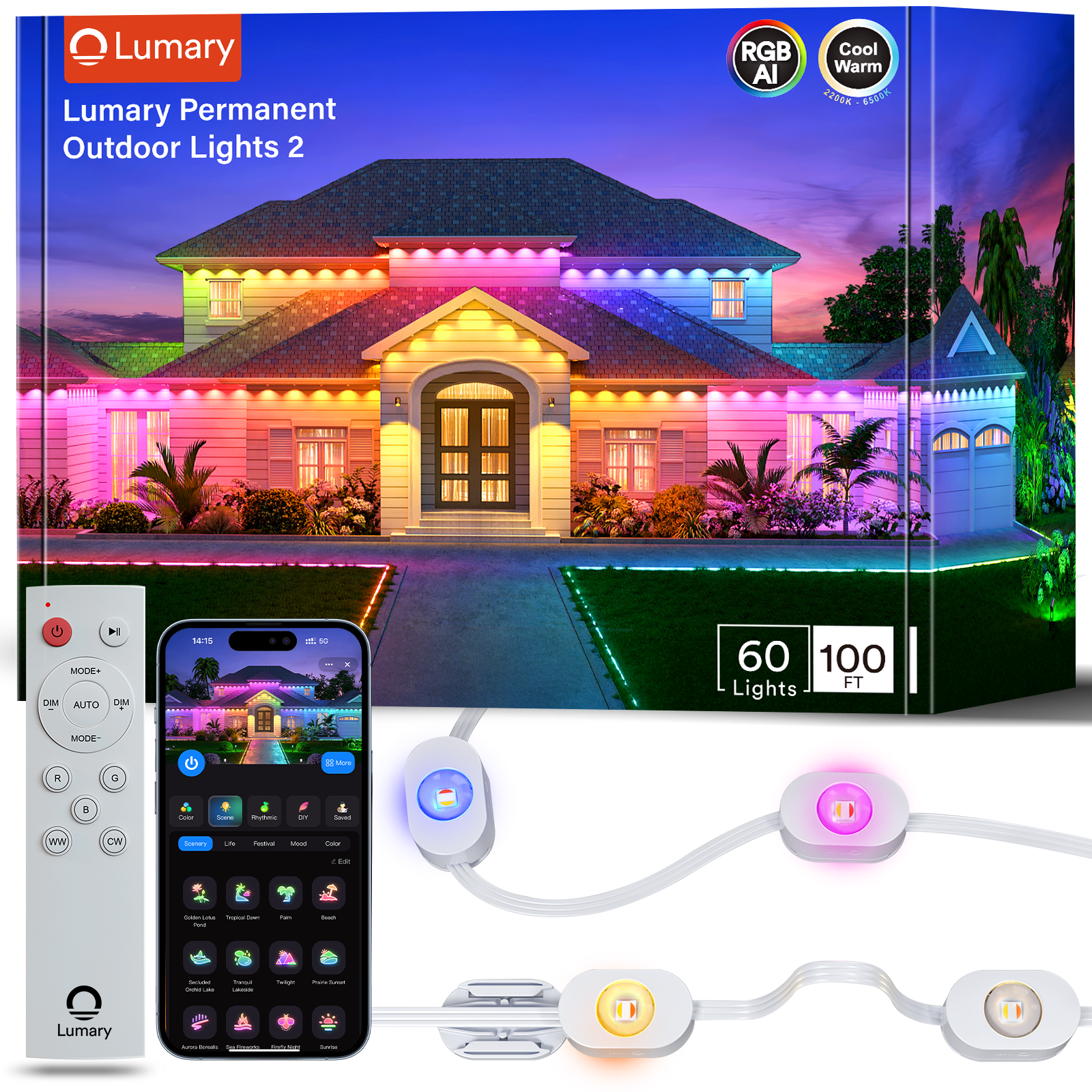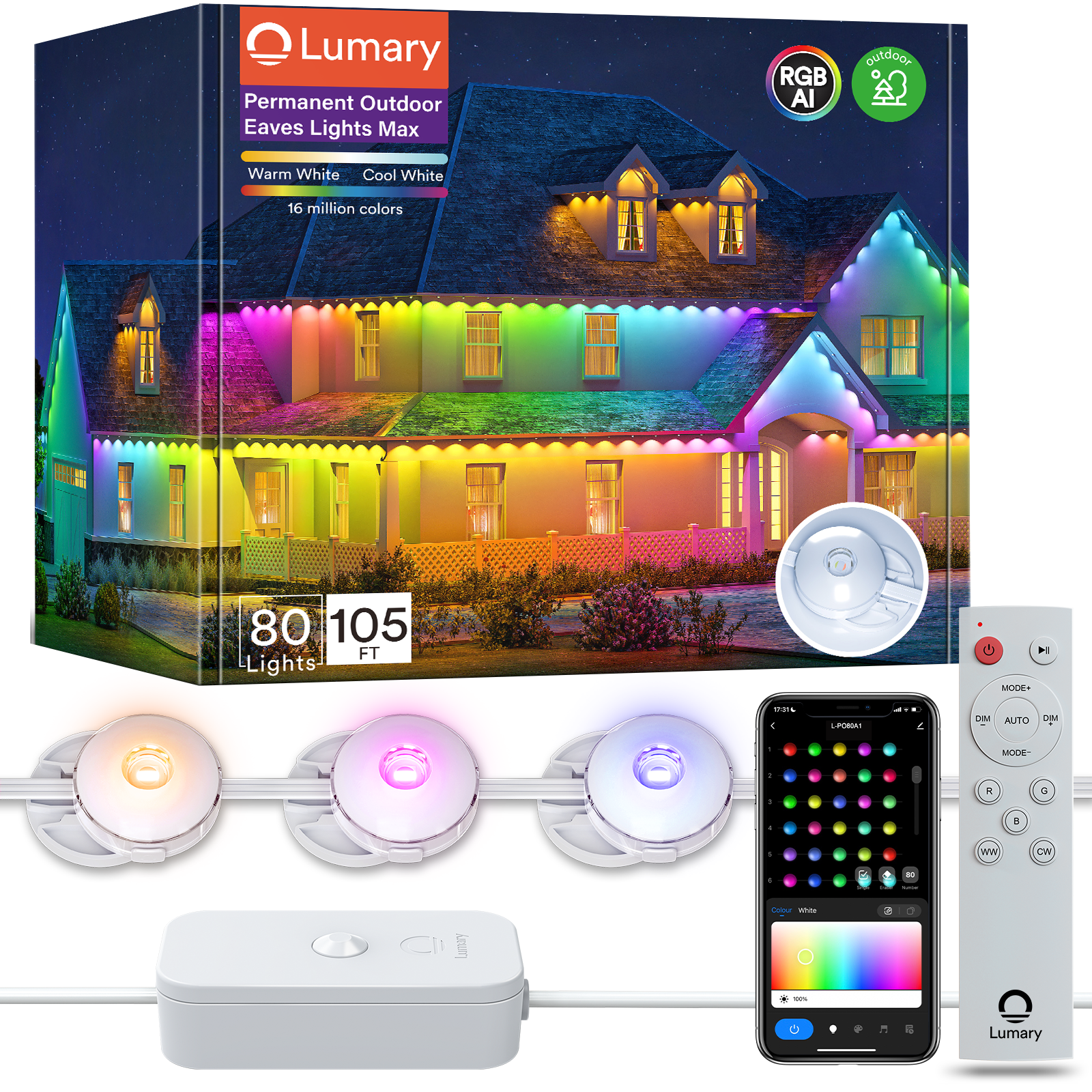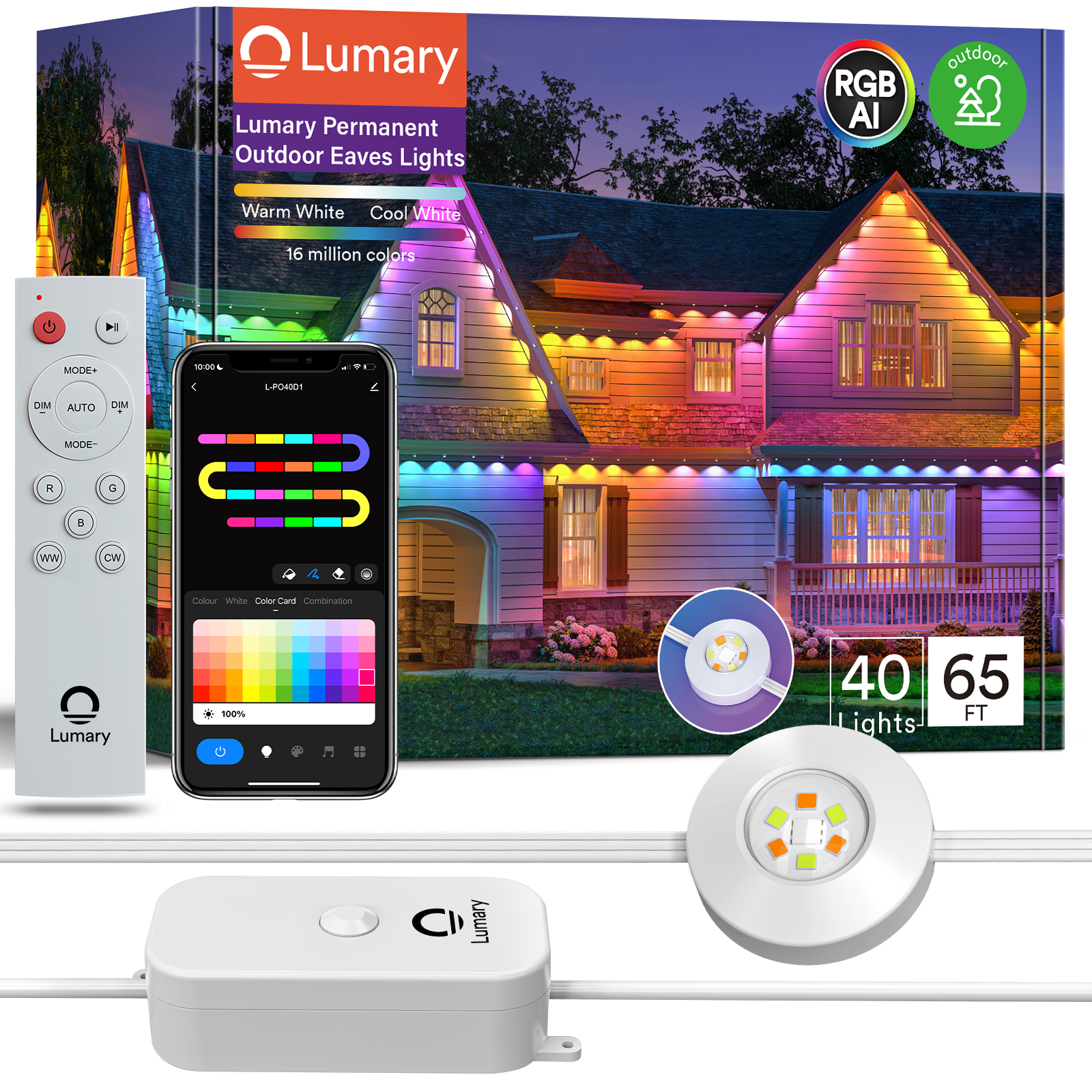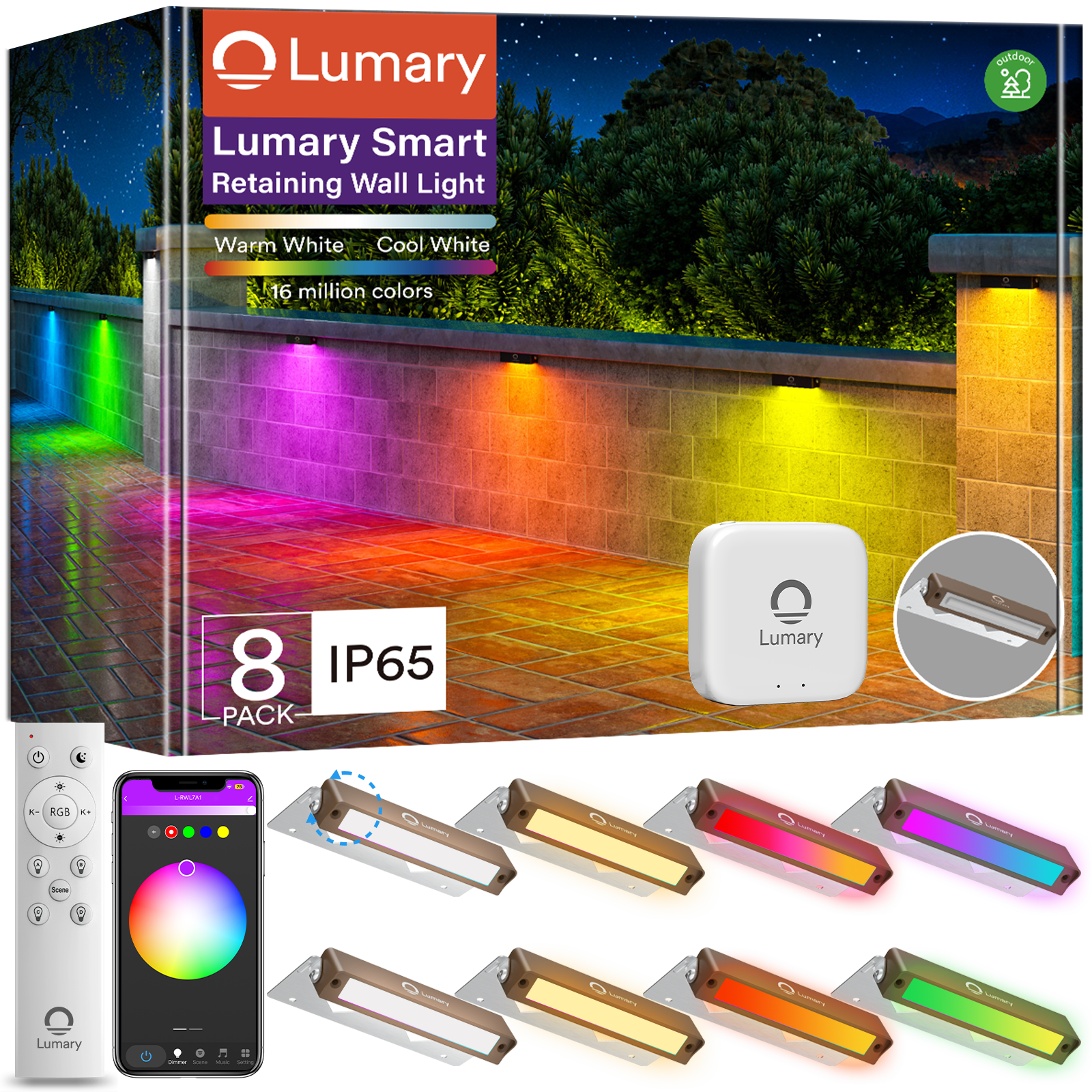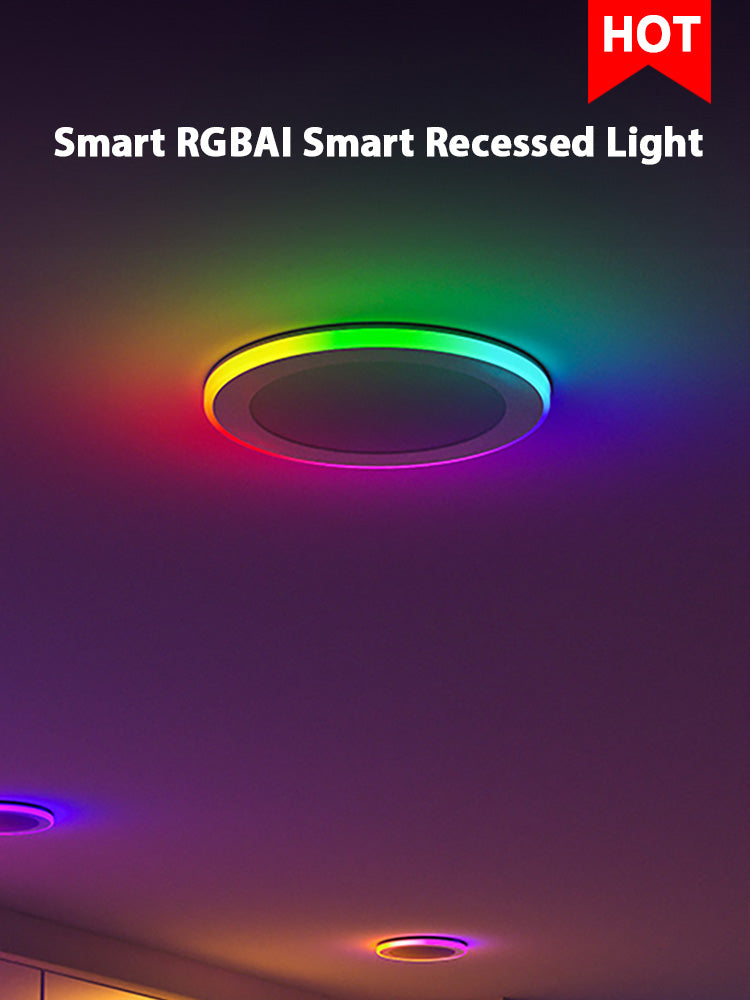Choosing the right outside lights can feel overwhelming, but it doesn’t have to be. You’ll want fixtures that last, especially since materials like aluminum or brass impact durability. Placement matters too. Properly positioned outside lights not only boost security but also enhance curb appeal. And don’t forget—design plays a big role in creating the perfect look.
Key Takeaways

-
Choose durable materials like brass or stainless steel for outdoor lighting to ensure longevity and resistance to weather elements.
-
Consider the style of your home when selecting outdoor lights; matching fixtures can enhance curb appeal and create a cohesive look.
-
Layer different types of lighting—ambient, task, and accent—to improve functionality and aesthetics in your outdoor spaces.
Key Factors to Consider for Outdoor Lighting
Durability and Weather Resistance
When it comes to outdoor lighting, durability is a must. You want light fixtures that can handle the elements without losing their charm. Materials like brass and stainless steel are excellent choices. Brass stands out for its ability to resist weather changes while maintaining its appearance. Stainless steel is another solid option, offering corrosion resistance and toughness. On the other hand, avoid materials like aluminum and plastic. Aluminum tends to oxidize and weaken over time, while plastic often shows wear and tear within a year. Choosing durable materials ensures your outdoor lighting fixtures last longer and look great year-round.
Style and Aesthetic Appeal
Your outdoor lighting should complement your home’s design while adding a touch of personality. Current trends include diffused wall luminaires for a soft glow and hardscape lighting to highlight garden features. If you love a cohesive look, consider matching your outdoor wall lights with your home’s interior style. For example, craftsman-style homes pair beautifully with lantern-style sconces, while modern homes shine with sleek wall lights or artistic lamps. Metallic finishes like brass or copper add elegance, while vibrant underwater pool lighting creates a dynamic vibe. The right style can transform your outdoor space into a visual masterpiece.
Functionality and Purpose
Outdoor lighting isn’t just about looks—it serves important purposes too. It enhances safety, boosts security, and improves visibility. For instance, motion-sensor lights deter intruders, while pathway lights guide guests safely to your door. Think about how you’ll use each area. Do you need bright lights for security or softer ones for ambiance? Tunable options, like the Lumary Smart Landscape Path Lights, let you adjust brightness and color to suit your needs. By focusing on functionality, you’ll make smarter choices when you buy outdoor lighting.
Size and Scale of Fixtures
Size matters when choosing outdoor lighting fixtures. Oversized lights can overwhelm small spaces, while tiny fixtures might get lost in larger areas. Proportional lighting enhances your home’s aesthetic without sacrificing functionality. For example, use brighter, focused lights for walkways and softer ones for patios. Identify the areas you want to light and select fixtures that fit the space. Proper sizing ensures your exterior lighting looks balanced and works effectively.
Types of Outdoor Lighting for Your Home
Wall-Mounted Lights
Wall-mounted lights are a versatile and stylish option for your home’s exterior. They come in various designs to match different architectural styles:
-
Modern/Contemporary: Clean lines and minimalistic designs for a sleek look.
-
Traditional: Lantern-style fixtures with frosted glass for a classic touch.
-
Coastal: Casual, beach-inspired designs perfect for homes near the water.
-
Cottage/Country: Barn lights and lanterns that add a cozy, rustic charm.
-
Rustic/Lodge: Ideal for cabins with their rugged, natural appeal.
-
Industrial: Bulkhead lights that bring a functional, nautical vibe.
Popular options include wall lanterns for accent lighting, barn lights for downward illumination, and floodlights for broader coverage. These lighting fixtures not only enhance your home’s curb appeal but also improve safety and visibility.
Landscape and Pathway Lights
Landscape and pathway lighting serve both functional and aesthetic purposes. They:
-
Reduce dark areas, making walkways and patios safer for guests.
-
Deter intruders by eliminating shadows and dark spots.
-
Highlight features like trees, shrubs, and gardens, creating a welcoming atmosphere.
The Lumary Smart Landscape Path Lights are a great example of pathway lighting. They combine style and functionality, offering customizable brightness and color options to suit any occasion. These lights make it easy to showcase your outdoor space while ensuring safety.
Security and Motion Sensor Lights
Security lighting is essential for protecting your home. Motion sensor lights are particularly effective because they:
-
Deter intruders by illuminating areas when movement is detected.
-
Enhance safety by scaring away wildlife.
-
Provide convenience by lighting up when you arrive home.
-
Save energy by only activating when needed.
-
Illuminate hard-to-reach areas without traditional switches.
Installing motion sensor lights around entryways, garages, and dark corners can significantly boost your home’s security and functionality.
String and Decorative Lights

String and decorative lights add charm and personality to your outdoor spaces. You can:
-
Drape them along fences or wrap them around trees for a whimsical effect.
-
Hang them above seating areas to create a cozy ambiance.
-
Outline deck railings for added safety and style.
-
Choose warm white lights for a romantic glow or colorful ones for a playful vibe.
Layering string lights with other types of outdoor lights adds depth and visual interest. Experiment with placement to create unique lighting designs that reflect your personal style.
Placement and Sizing Tips for Exterior Lighting
Front Door and Entryway Lighting
Your front door is the first thing guests notice, so proper entry lighting is essential. It enhances safety and creates a welcoming atmosphere. When installing lights, consider their height and spacing for the best results. Here's a quick guide:
|
Installation Type |
Recommended Height |
|---|---|
|
One light |
About 1/3 the height of the door |
|
Two lights |
About 1/4 the height of the door |
|
Light source |
66" - 72" above the floor |
|
Spacing |
8' - 10' apart; 1' - 2' from the door |
Choose light fixtures that complement your home's style. Lantern-style lights work well for traditional homes, while sleek designs suit modern exteriors. Proper placement ensures your entryway looks inviting and functional.
Patio and Deck Lighting
Patio and deck lighting can transform your outdoor space into a cozy retreat. Use a mix of lighting types to create a welcoming atmosphere:
|
Lighting Type |
Description |
|---|---|
|
Step Lighting |
Gentle step lighting creates a relaxing evening atmosphere, ideal for back deck lights. |
|
String Lights |
Combining string lights with step illumination enhances ambiance and safety for gatherings. |
|
Ambient Perimeter |
Ambient perimeter lighting provides a calming atmosphere, framing the surrounding scenery. |
|
Gazebo Accents |
Step lights and gazebo accents add elegance and functionality to evening gatherings. |
Drape string lights along fences or wrap them around trees for a magical touch. Hanging lights overhead creates a cozy canopy effect, perfect for entertaining guests.
Garage and Driveway Lighting
Garage area lighting improves visibility and boosts security. Install wall-mounted lights on either side of the garage door for a balanced look. Motion-sensor lights are excellent for driveways, as they illuminate the area only when needed. This not only deters intruders but also saves energy. Ensure the light fixtures are proportional to the garage size to maintain a cohesive appearance.
Garden and Pathway Lighting
Garden and pathway lighting highlights landscaping features while improving safety. Use uplighting to emphasize tall trees or architectural elements. Spotlights work well for flower beds or sculptures. For pathways, place lights on alternating sides to create a balanced visual effect. Adjustable fixtures allow you to adapt to your garden's growth, while RGB LED bulbs let you experiment with colors for seasonal or mood-based effects. These lighting selection tips will help you showcase your garden beautifully.
Additional Tips for an Effective Outdoor Lighting Plan
Understanding Wet vs. Damp Ratings
When choosing outdoor lighting fixtures, understanding wet and damp ratings is crucial. These ratings determine where you can safely use the lights:
-
Damp-rated fixtures work well in covered areas like porches or balconies. They handle humidity but not direct water exposure.
-
Wet-rated fixtures are built for direct exposure to rain or snow. They’re perfect for patios, pathways, and other open spaces.
Wet-rated lights are versatile and can be used for landscape lighting, step lights, or even outdoor wall lights. Knowing these ratings helps you pick the right light fixture for each area of your home.
Layering Light for Ambiance and Functionality
Layering different types of lighting creates a balanced outdoor lighting plan. Here’s how you can do it:
-
Ambient Lighting: Use wall-mounted fixtures or post lights for general illumination.
-
Task Lighting: Add pathway or deck lights to brighten specific areas like walkways or outdoor kitchens.
-
Accent Lighting: Highlight trees, sculptures, or architectural features with uplights or string lights.
This approach enhances aesthetics, improves functionality, and boosts security. For example, ambient lighting makes your space usable after dark, while task lighting ensures safe navigation. Accent lighting adds drama and visual interest.
Energy Efficiency and Bulb Options
Energy-efficient bulbs save money and reduce environmental impact. Consider these options:
-
LED bulbs last 15,000 to 50,000 hours and use far less energy than traditional bulbs.
-
Solar-powered lights are eco-friendly and require no wiring, making them easy to install.
Switching to LEDs can cut energy costs significantly. For instance, a 16-watt LED bulb provides the same brightness as a 100-watt incandescent bulb but uses much less electricity. These bulbs are a smart choice when you buy outdoor lighting.
Maintenance and Longevity Considerations
Regular maintenance keeps your outdoor lighting fixtures in top shape. Follow these guidelines:
-
Clean fixtures monthly to remove dirt and debris.
-
Inspect for damage and replace burnt-out bulbs promptly.
-
Adjust light fixtures to optimize their effects.
-
Schedule seasonal maintenance to prepare for weather changes.
These practices ensure your exterior lighting stays functional and visually appealing for years. A little upkeep goes a long way in extending the life of your lighting fixtures.
Choosing the best outdoor lighting means balancing durability, functionality, and style. Use light fixtures that complement the style of your house while meeting safety and aesthetic goals. Layer lighting to highlight pathways, gardens, and architectural features. With thoughtful planning, you’ll create a stunning outdoor space that’s both practical and visually appealing.
FAQ
What is the best material for outdoor lighting fixtures?
Choose durable materials like brass or stainless steel. They resist weather damage and maintain their appearance, ensuring your lights last longer outdoors.
How do I choose the right brightness for outdoor lights?
Match brightness to the area’s purpose. Use brighter lights for security and pathways, and softer lights for patios or decorative accents.
Can I install outdoor lights myself?
Yes, you can install many outdoor lights yourself. Solar-powered or plug-in options are easy to set up without professional help.


